UP TO THE MINUTE
Before Purchasing a Rollformed Panel, Read This

By Mark Standifer.
MCS Influencer Mark Standifer shares everything you need to know when buying metal panels.
This month's topic is roll-forming and roll-formers. DISCLAIMER – a lot of my experience is based on the use of Berridge equipment. I have used Stellrecht and Englert roll-formers for specific panel profiles. This is not an endorsement of Berridge, Stellrecht and/or Englert equipment.
As a project manager, I have purchased manufactured roof panels for projects; as well as the coil to roll form metal panels. When I got in this business, we purchased cut-to length metal panels. The profile, flush faced wall panels, corrugated panels and standing seam panels didn’t matter; all were purchased cut-to length. Then we got a contract for a barrel vault standing seam. For this roof we rented the Berridge Tee panel roll-former, from Berridge Manufacturing. This piece of equipment will roll and curve the metal panel and the batten. Later we rented an Englert roll-former, from a private entity, to produce a Copper Double Lock standing seam panel. These were two different projects, with different materials and profiles.
As with anything there are pros and cons. Let’s look at pre-cut panels first. Every roof panel, roll-formed or pre-cut, requires a certain amount of time to be prepared for installation. The panel must be “panned” for a hip or ridge. The eave portion must be “hemmed” (turned under). When ordering pre-cut panels, the dimensions required for the installation need to be taken into consideration. When ordering for hip and valley conditions the additional length will be critical for a proper installation. The additional length results in some waste. It is possible to order roof panels for hips and valleys so they can be used at another side of the condition. When ordering metal panels from a manufacturer, you are subject to their schedule. Pre-cut panels will be limited to lengths that can be crated and shipped. You will need to order enough roof panels, usually of the longest length required, to replace any panels that might get dropped, scratched or miss-cut. When the project is complete you will need to dispose of the crating. You’ll also need to remove any extra panels from the job site. DO NOT SCRAP these panels. They will come in handy in case of a future repair. Purchasing pre-cut panels is a good way to get your feet wet in the standing seam business, especially on smaller projects.
Now let’s look at roll-forming panels. When calculating the material cost of roll formed panels, the number of people and time needed to produce the panels has to be included with the cost of the coil and clips. Coil prices should be significantly less than the manufactured panel price. The number of coils and their lengths will need to be calculated from the roof area, including the additional length for hips and valleys, for material pricing. You will also need to include a forklift for loading coils and unloading empty spools. These costs are not normally associated with pre-cut panels. Most coils will be loaded horizontally in the roll-former. Coils are loaded vertically in Berridge roll-formers. The best thing about the roll-forming option is control of the schedule. Once you have an approved panel profile and color, you can order the coil and flat stock for the project. Most manufactures get coil quicker than panels. When the coil and flat sheets arrive, you can invoice for materials. By roll-forming a metal panel, you can produce a longer panel. Depending on the size of the project and other conditions, in lieu of job-site roll-formed panels, you might produce them at your shop. When producing the hip and valley roof panels, you can keep waste to a minimum. At the end of the job extra coils will be easier to store inside your shop, since they don’t take up a lot of space. By keeping the coils inside, you are protecting the paint finish. You can keep it as coil or cut it to length for flat stock. It’s also paid for.
What is your equipment plan? Is it your plan to roll-form a Double Lock profile, with the option of different widths? I would suggest you research Stellrecht or Englert equipment. Some of this equipment can produce more than one panel profile depending upon the dies purchased. Additional dies can be purchased for additional profiles, such as a flushed faced soffit/wall panel.
The purchase of this equipment and additional dies can be costly. Great care needs to be taken when changing out and storing the dies for different profiles. You cannot drop them. It should be noted that the Berridge Manufacturing equipment is one roll-former per profile. The Berridge equipment also sits on trailers. Get with your local Berridge representative for more information about their equipment and program. Petersen Aluminum has an equipment rental plan, also an equipment sales plan. Meet with your local PAC CLAD representative for more information about their equipment and program. Most of the larger metal roof manufacturers have equipment plans. You might also check your area for the possibility of renting roll-formers. In North Texas there are a couple of companies that rent out roll forming equipment with an operator.
NOTE – Whether you own or rent roll-forming equipment, it must be maintained and annually inspected for the proper certifications. Just as your shear and brake are required to meet these requirements, so is the roll-forming equipment. With a roll-former you have another revenue stream. In my opinion, a roll-former is the way to go. However, you may still want to order pre-cut panels for specific jobs.
Mark Standifer is the project manager of King of Texas Roofing. See his full bio here.
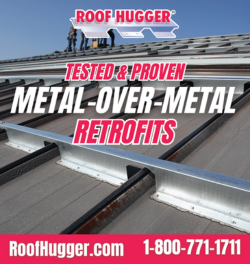
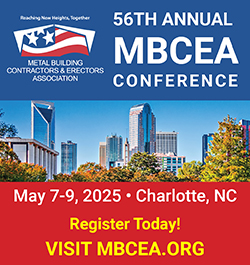
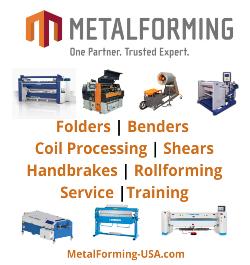


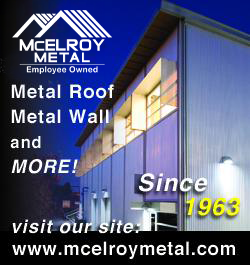












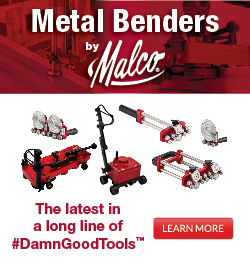
Comments
Leave a Reply
Have an account? Login to leave a comment!
Sign In